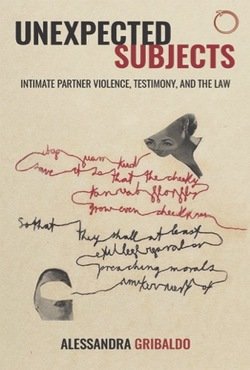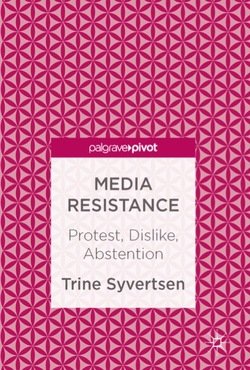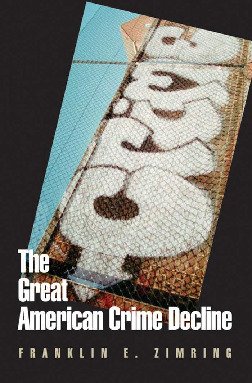By Alan Doig
This book provides an introduction to state crime, with a particular focus on the UK. The use of crime by the UK to achieve its policy and political objectives is an underdeveloped aspect of academic study of individual and institutional criminality, the exercise of political power, public policy-making and political development. The book provides an overview of definitional issues before exploring possible examples of state crime in the UK and then considering why state crime occurs and how it is investigated and adjudicated. State Crime is split into six sections in order to address a number of key questions: what is state crime according to the literature? What is a crime? What is the state? What are the drivers for the State to commit a crime? What are the roles of the various institutions of the State in being involved in state crime and what, in terms of monitoring or investigating state crime or unethical conduct, are the roles of those institutions, from the police through to Parliament, responsible for holding governments and state institutions to account? Unusually for books on state crime, this book looks at a specific country as the context within which to explore these issues. Further, it not only looks at crime but also the structure of the modern state and thus provides a balanced and rigorous perspective with which to study the concept of state crime. Overall, this book seeks to provide an introduction to state crime for contemporary states which will facilitate the study of such issues as part of mainstream academic study across a number of disciplines.
Cullompton, Devon, UK: Willan, 2010. 270p.





















